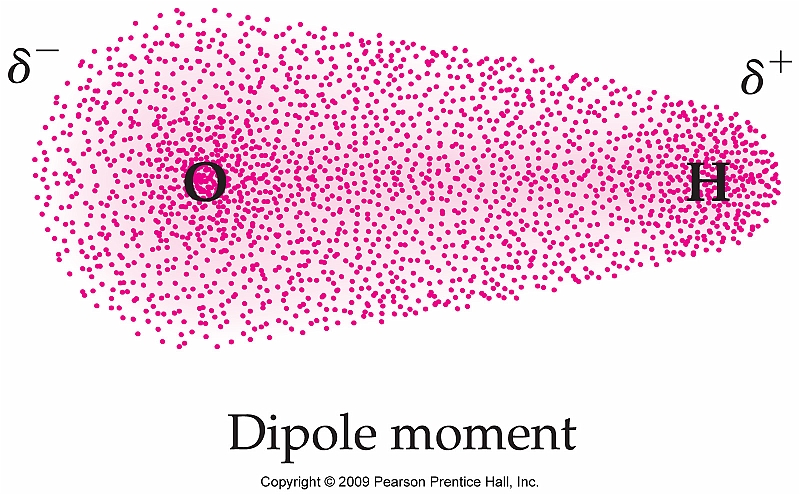Question #dbcca
1 Answer
The simple case of an electric dipole is when a positive charge and a negative charge separated by a distance
The electric dipole moment

The Oxygen is more electronegative so it'll pull the electrons toward it self, the electrons are negatively charged so you'll have a negative charge around the Oxygen
The overall electric dipole moment is the vector addition of all the electric dipole moments :
 )
)
another example :
 )
)
Sources:
https://en.wikipedia.org/wiki/Electric_dipole_moment
https://en.wikipedia.org/wiki/Dipole
http://chemwiki.ucdavis.edu/Core/Physical_Chemistry/Atomic_Theory/Dipole_Moments

